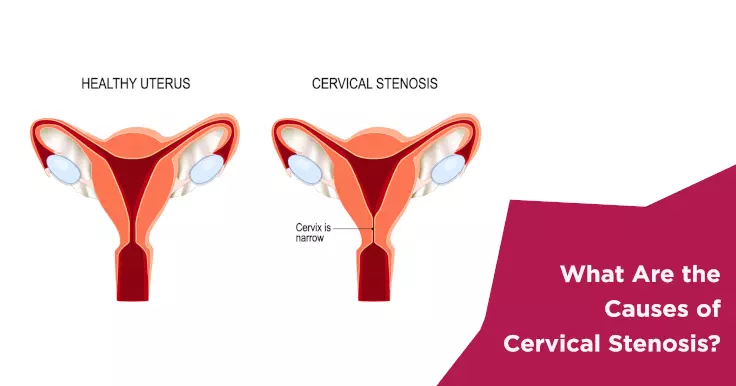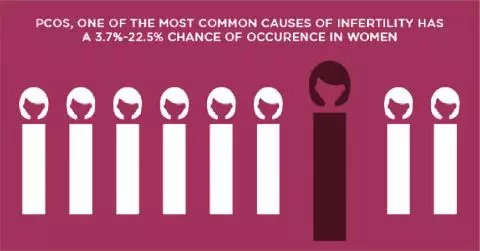Causes of Cervical Stenosis: What You Need to Know

If a woman complains of irregular or no menses, painful menses, or chronic pain in the pelvis, chances are she might be suffering from cervical stenosis. This is a condition where the cervix is either too narrow or completely closed, blocking the passage between uterus and vagina. Cervical stenosis can be a genetic issue or can occur in the later stage of a womans life.
Common Causes of Cervical Stenosis
One of the most common causes of cervical stenosis is a previous surgery of the cervix done for some diagnostic purpose. For Example cervical biopsy done for cervical discharge or abnormal paps smear. Doctor will remove a small piece of cervix which when heals can result into scaring and cervical stenosis.Other causes of cervical
- Presence of precancerous cell, a condition called cervical dysplasia
- Endometrial cancer or cervical cancer
- Presence of Ashermans syndrome
- Infection of the cervix or uterus
- Radiation therapy given to the cervical area
- Women who undergo endometrial ablation surgery, a procedure that reduces heavy menstrual flow. This done for those who wish to get pregnant in the future
- Repeated infection in the vagina
- Cervical nabothian cyst, the tiny cysts that form on the surface of the cervix
- Menopause, since the tissues lining the cervix are thin
Cervical stenosis often results in the accumulation of blood in the uterus (also known as hematometra). This causes inflammation of the uterus and other complications. In another condition called pyometra, pus accumulates in the uterus and this occurs in women as a result of endometrial or cervical cancer.
 Infertility Counselling
Infertility Counselling Female Infertility Treatment
Female Infertility Treatment Andrology Treatment
Andrology Treatment Fertility Enhancing Surgeries - Female
Fertility Enhancing Surgeries - Female Fertility Enhancing Surgeries - Male
Fertility Enhancing Surgeries - Male Endoscopy Treatment
Endoscopy Treatment IUI Treatment
IUI Treatment IVF Treatment
IVF Treatment ICSI Treatment
ICSI Treatment Advanced IVF Solutions
Advanced IVF Solutions Embryology
Embryology Vitrification Egg, Embryo, Sperm Freezing
Vitrification Egg, Embryo, Sperm Freezing Preimplantation Genetic Testing (PGT)
Preimplantation Genetic Testing (PGT) Donation Program Embryo / Egg / Sperm
Donation Program Embryo / Egg / Sperm Self-cycleTM IVF
Self-cycleTM IVF

 Self-cycleTM IVF
Self-cycleTM IVF










